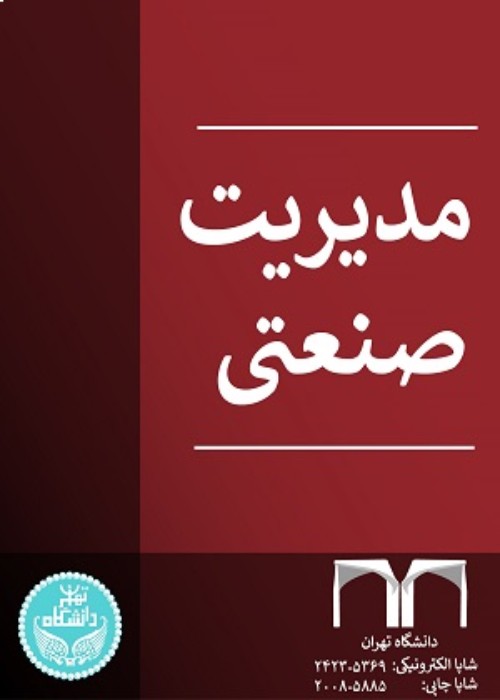Analyzing the Capability-attractiveness Matrix for Emerging Technologies in Iran’s Humanitarian Supply Chain
The influence of climate change on the frequency and severity of natural disasters is ever-increasing on a global scale. While natural disasters are unpredictable, emerging technologies can help with their prevention. Technologies allow responders to act sooner rather than later. The importance of the humanitarian supply chain in reducing the suffering and injuries caused by natural disasters is also undeniable. Developing emerging technologies offers an opportunity to improve the efficiency and effectiveness of responses of the humanitarian supply chain to disasters. Since Iran is one of the most natural catastrophe-prone countries in the world, this study aims to identify and prioritize emerging technologies suitable for its humanitarian supply chain. This study could provide solutions for responders and decision-makers to achieve an effective humanitarian supply chain.
This is descriptive survey research and its statistical population consists of five emerging technology experts in the Iranian humanitarian supply chain. To identify and prioritize applications of emerging technologies in the humanitarian supply chain, the Best-Worst method (BWM) was used.
Reviewing the extant academic literature, 12 emerging technologies in the humanitarian supply chain were investigated. After assessing their content validity, experts selected eight relevant technologies for Iran’s humanitarian supply chain; including “Big Data”, “Internet of Things”, “Augmented Reality”, “Smart Robots”, “Artificial Intelligence”, “Gamification”, “3D Printing”, and “Smart Advisors”. In the next step, two sets of questionnaires were distributed among the experts. The questionnaires were collected and analyzed to measure the attractiveness and capabilities of emerging technologies in Iran’s humanitarian supply chain. The weights of technologies' attractiveness were calculated based on five filled-in questionnaires and by the Best-Worst Method and LINGO software. Next, to assess the technical capability of each emerging technology, eight Likert scale questionnaires were distributed. Finally, the gathered research data was analyzed using SPSS 26. Capability-Attractiveness Matrix was then formed. Analyzing areas of the Matrix helped the researchers determine specific actions suitable for each emerging technology. Based on the findings, “Smart Robots”, “3D Printing” and “Smart Advisors” technologies were placed in the “Position protection/Development” area with the highest capability and attractiveness. “Artificial Intelligence” was placed in the “improvement” area with high attractiveness and relatively low capability. “Internet of Things” and “Gamification” had a high capability andrelatively low attractiveness. “Big Data” and “Augmented Reality” with relatively low capability and attractiveness had the least priority in Iran’s Humanitarian Supply Chain.
The critical role that emerging technologies play in disaster preparedness and recovery is increasingly becoming recognized. The findings of the BWM Method and Capability-Attractiveness Matrix can be a good help for decision-makers and key players in the humanitarian supply chain. Natural disaster preparedness and collaboration to reduce impact across the humanitarian supply chain have never been more important. Utilizing these emerging technologies can minimize fatalities and injuries caused by natural disasters. Emerging technologies need to be adapted to various situations that arise during disaster relief.
- حق عضویت دریافتی صرف حمایت از نشریات عضو و نگهداری، تکمیل و توسعه مگیران میشود.
- پرداخت حق اشتراک و دانلود مقالات اجازه بازنشر آن در سایر رسانههای چاپی و دیجیتال را به کاربر نمیدهد.


